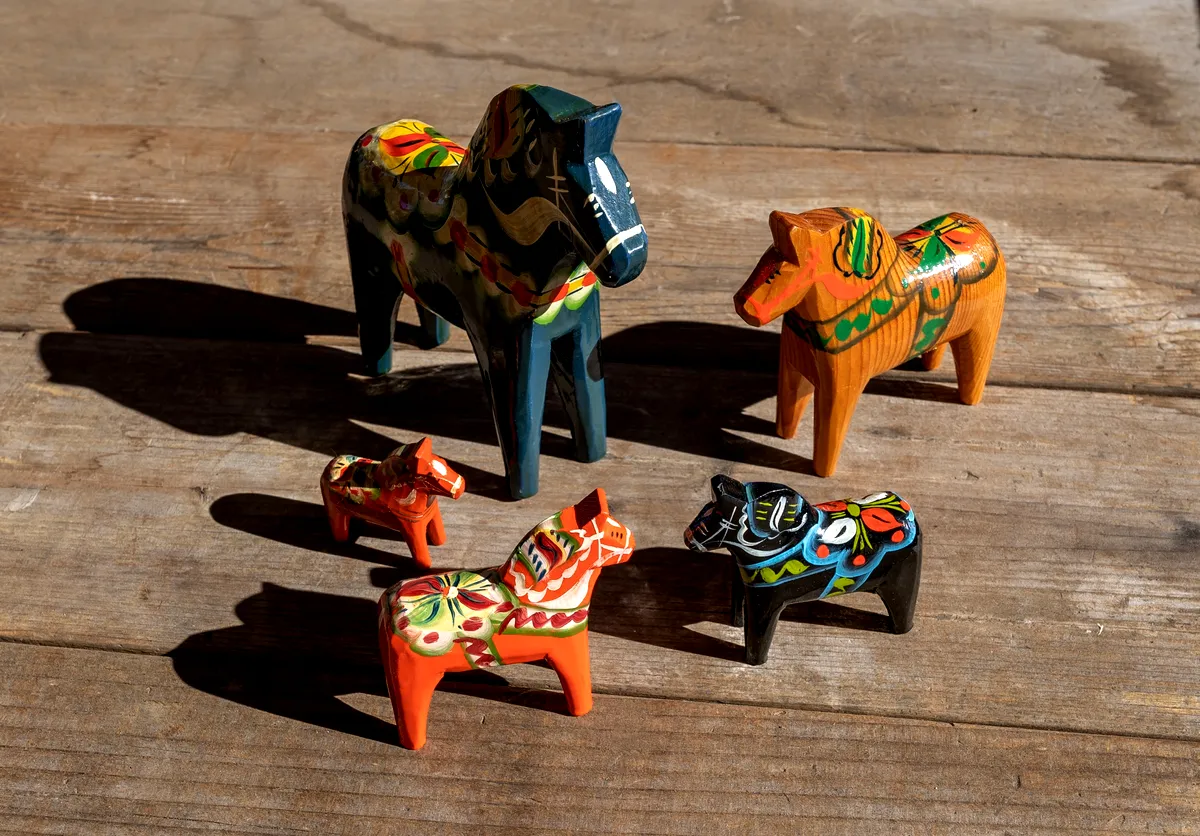Sweden, a land of breathtaking landscapes and innovative design, also boasts a rich cultural heritage that is deeply rooted in tradition. Swedish culture is characterized by a blend of ancient customs and modern practices, making it a fascinating destination for travelers. This guide explores the key aspects of Swedish culture and traditions that define the country’s unique identity.
Swedish Culture and Traditions
Midsummer Celebration
One of the most significant and beloved traditions in Sweden is the Midsummer Celebration. Held in late June, this festival marks the summer solstice, the longest day of the year. Swedes celebrate by gathering with family and friends to enjoy a feast that includes herring, new potatoes, and strawberries. The highlight of the celebration is the maypole, around which people dance and sing traditional songs. Midsummer is a time for joy, relaxation, and reconnecting with nature, reflecting the Swedes’ deep appreciation for their natural surroundings.

Lucia Day
Lucia Day, celebrated on December 13th, is a festival of lights that honors Saint Lucia, a Christian martyr. This tradition involves processions led by a girl dressed in white robes with a crown of candles on her head, symbolizing the triumph of light over darkness. The processions are accompanied by singing traditional Lucia songs. Lucia Day is a poignant reminder of light and hope during the darkest part of the year and is celebrated in homes, schools, and churches across Sweden.

Fika
The concept of Fika is more than just a coffee break; it is an integral part of Swedish culture. Fika involves taking a pause in the day to enjoy coffee and pastries, usually in the company of friends or colleagues. This tradition emphasizes the importance of slowing down and appreciating the small pleasures in life. Common treats during fika include cinnamon buns (kanelbullar) and cardamom buns (kardemummabullar). Fika is a daily ritual that fosters social connections and work-life balance.
Crayfish Parties
During August, Swedes partake in Crayfish Parties (kräftskivor), a tradition that dates back to the early 20th century. These outdoor parties feature tables adorned with lanterns, colorful hats, and bibs, creating a festive atmosphere. Guests feast on crayfish, boiled with dill and served cold, accompanied by schnapps and traditional drinking songs. Crayfish parties celebrate the end of summer and the beginning of harvest time, embodying the Swedish love for community gatherings and seasonal food.
Walpurgis Night
Walpurgis Night (Valborg), celebrated on April 30th, is a spring festival with roots in pagan traditions. It marks the arrival of spring and is celebrated with large bonfires, choral singing, and festivities that continue into the night. In university towns like Uppsala and Lund, students don traditional caps and participate in various activities, including river rafting and champagne breakfasts. Walpurgis Night reflects the Swedish spirit of welcoming new beginnings and the joy of communal celebrations.

Swedish Customs and Traditions
Lagom
The Swedish philosophy of Lagom emphasizes moderation and balance. The term translates to “just the right amount” and is a guiding principle in Swedish life. It encourages people to find a harmonious balance in everything they do, from work and leisure to consumption and environmental impact. Lagom is reflected in Sweden’s sustainable practices, minimalist design, and emphasis on quality of life.
Jantelagen
Jantelagen or the Law of Jante is a cultural concept that promotes humility and discourages individualism. It underlines the idea that no one is better than anyone else, fostering a sense of equality and community. While Jantelagen can be seen as a way to maintain social harmony, it also reflects the Swedish value of modesty and collective well-being.
Dala Horse
The Dala Horse (Dalahäst) is a traditional wooden statue originating from the Dalarna region. These colorful, hand-carved horses have become a symbol of Swedish folk art and craftsmanship. Traditionally painted in red with intricate patterns, Dala Horses are often given as gifts and are a popular souvenir for visitors. They represent Swedish heritage and the importance of preserving cultural crafts.

Sauna Culture
Saunas are an integral part of Swedish culture and are enjoyed year-round. Often located in homes, cottages, and public facilities, saunas are a place for relaxation and socialization. The practice of alternating between hot sauna sessions and cold plunges in a lake or snow is believed to have numerous health benefits. Sauna culture highlights the Swedish appreciation for nature and well-being.
Samhain
The Samhain festival, although more commonly associated with Celtic traditions, is also celebrated in parts of Sweden. Known as Allhelgona, it coincides with Halloween and All Saints’ Day. Swedes honor the memory of deceased loved ones by lighting candles on graves and spending time with family. This tradition reflects the Swedish respect for ancestry and the cycle of life and death.
Frequently Asked Questions
What is Sweden known for culture?
Sweden is known for its rich cultural heritage, including traditions like Midsummer, Lucia Day, and Fika. The country is also recognized for its contributions to music, design, and sustainability.
What is a tradition in Sweden?
One notable tradition in Sweden is Midsummer, celebrated with dancing around a maypole, feasting on traditional foods, and enjoying the long daylight hours of summer.
What are 10 interesting facts about Sweden?
- Sweden is the third-largest country in the European Union by area.
- The country has a population of about 10 million people.
- Stockholm, the capital, is built on 14 islands.
- Sweden is known for its high standard of living and social welfare system.
- The Nobel Prize ceremonies are held in Stockholm annually.
- Sweden has over 95,000 lakes.
- It is home to the Icehotel, the world’s first hotel made of ice.
- The country is famous for its minimalist design and IKEA.
- Swedes enjoy a high level of gender equality.
- Sweden is one of the most innovative countries, with numerous tech startups.
What are the do’s and don’ts in Sweden?
Do’s:
- Respect personal space and privacy.
- Be punctual for appointments and meetings.
- Participate in Fika breaks.
- Recycle and practice environmental sustainability.
Don’ts:
- Avoid boasting or drawing too much attention to oneself.
- Do not litter; Sweden places a high value on cleanliness.
- Don’t engage in loud or disruptive behavior in public.
- Avoid discussing personal wealth or bragging about achievements.
Swedish culture is a harmonious blend of ancient traditions and modern values, emphasizing balance, community, and respect for nature. From the festive Midsummer celebrations to the daily ritual of Fika, Sweden offers a rich tapestry of customs that reflect its unique identity. To fully experience and appreciate these traditions, consider exploring the country with the flexibility and freedom that comes with a motorhome hire in Stockholm. This allows you to immerse yourself in the culture and landscapes at your own pace, making your visit truly unforgettable.


 By
By








